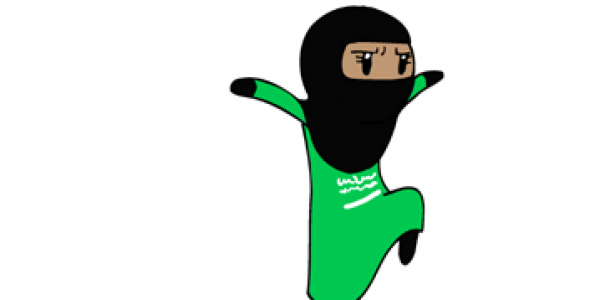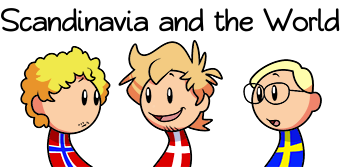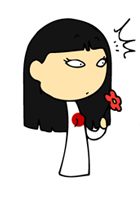Community made Fact Card:

There actually is a Pakistani TV show called "Burqa Avenger", featuring a burqa-clad ninja who fights evil people that try to prevent girls from going to school.
8 years ago #9737954
6
0
@Tear @Ouran-After-High @amypisces whether you wanted to watch it or not, [links removed] here's the first episode for you to watch 
9 years ago #9539595
6
8
Being a sort of superhero fighting for female rights in Pakistan... while wearing a burqa? Ironic.
10 years ago #9475782
2
0
Haha, just caught a bit of a joke from the show's creators:
"Together with children 'Ashu', 'Immu' and 'Mooli', the Burka Avenger fights the evil magician 'Baba Bandook', his henchmen and corrupt politician 'Vadero Pajero'"
Pajero is Spanish for "wanker". ;)
"Together with children 'Ashu', 'Immu' and 'Mooli', the Burka Avenger fights the evil magician 'Baba Bandook', his henchmen and corrupt politician 'Vadero Pajero'"
Pajero is Spanish for "wanker". ;)
9 years ago #9629520
1
0
@Caedis
#9599151
What you see in the picture is not the Burqa Avenger. It's the SATW-personification of Saudi Arabia, used here to illustrate a burqa-clad ninja.
#9599151
What you see in the picture is not the Burqa Avenger. It's the SATW-personification of Saudi Arabia, used here to illustrate a burqa-clad ninja.
7 years ago #9814180
0
0
Ahhh but it's an animated serie... It would have been so epic with real actors ^^
Add comment: Please Sign in or create an accout to comment.



































35